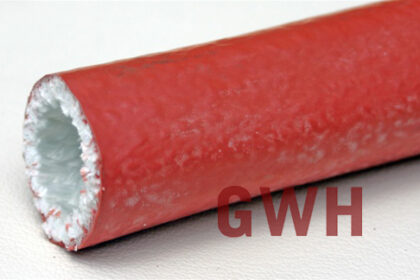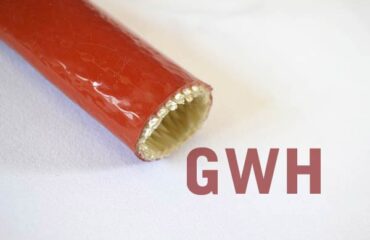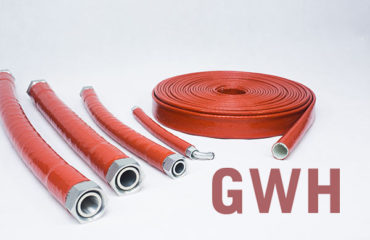
Fire is one of the important threats to the safety of wire and cable. In order to effectively reduce the risk of fire and improve the fire performance of wires and cables, fireproof sleeves are widely used as an important safety device.
Features of Fireproof Casing
Fireproof casing is a protective casing that can resist high temperature and the spread of fire. Its main features include:
1. High-temperature flame-retardant: The fire-resistant casing is made of flame-retardant materials, which can maintain its structural integrity in high-temperature environments and prevent the spread of flames and fire sources.
2. Abrasion resistance and corrosion resistance: Fireproof sleeve has the characteristics of wear resistance and corrosion resistance, which can protect wires and cables from external physical and chemical factors.
3. Fire extinguishing effect: Some fire-resistant casings have a fire extinguishing function, which can effectively extinguish the flame and slow down the spread of the fire by hindering the oxygen supply.
Materials for fire casing
There are many kinds of materials for fireproof casing. According to different application requirements and safety standards, the following common materials can be selected:
1. Silicone rubber: It has excellent high temperature resistance and wear resistance, and is suitable for cable protection in high temperature environments.
2. Epoxy resin: It has excellent electrical properties and corrosion resistance, and is often used for cable protection in electronic equipment and communication systems.
3. Glass fiber: It has good high temperature resistance and insulation performance, and is suitable for cable protection in extreme environments.
4. Fire cover casing: made of special flame-retardant materials, which can form an airtight isolation in the event of a fire and effectively prevent the spread of fire.
Application of Fireproof Casing
Fireproof sleeves are widely used in various fields, and key application scenarios include:
1. Construction field: It is used for fire isolation and protection of wires and cables to improve the fire safety performance of buildings.
2. Industrial field: used for cable protection in high temperature, corrosive and explosive environments to ensure the safety and stability of industrial production.
3. Transportation field: used for fire protection of wires and cables in automobiles, trains, airplanes and other vehicles to reduce fire risks.
4. Ship field: It is used for fire protection of ship cables to prevent the occurrence and spread of fire.



